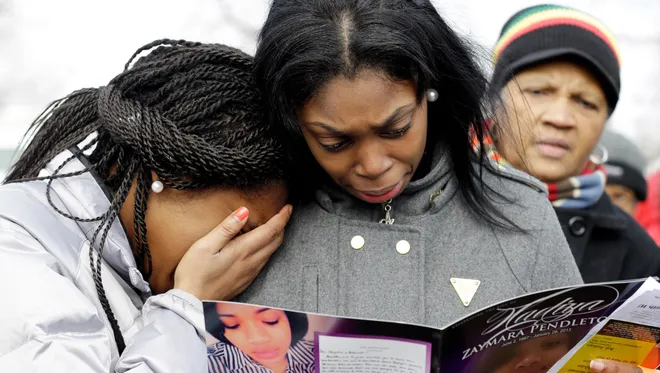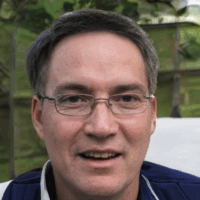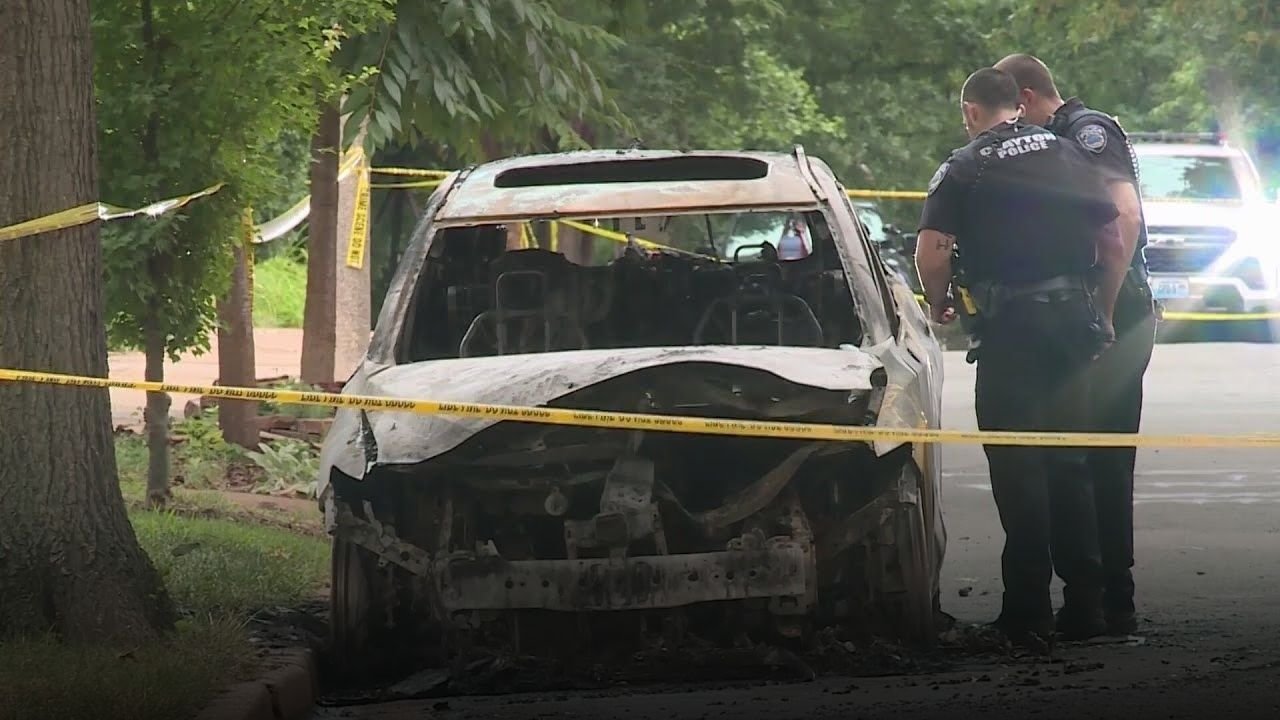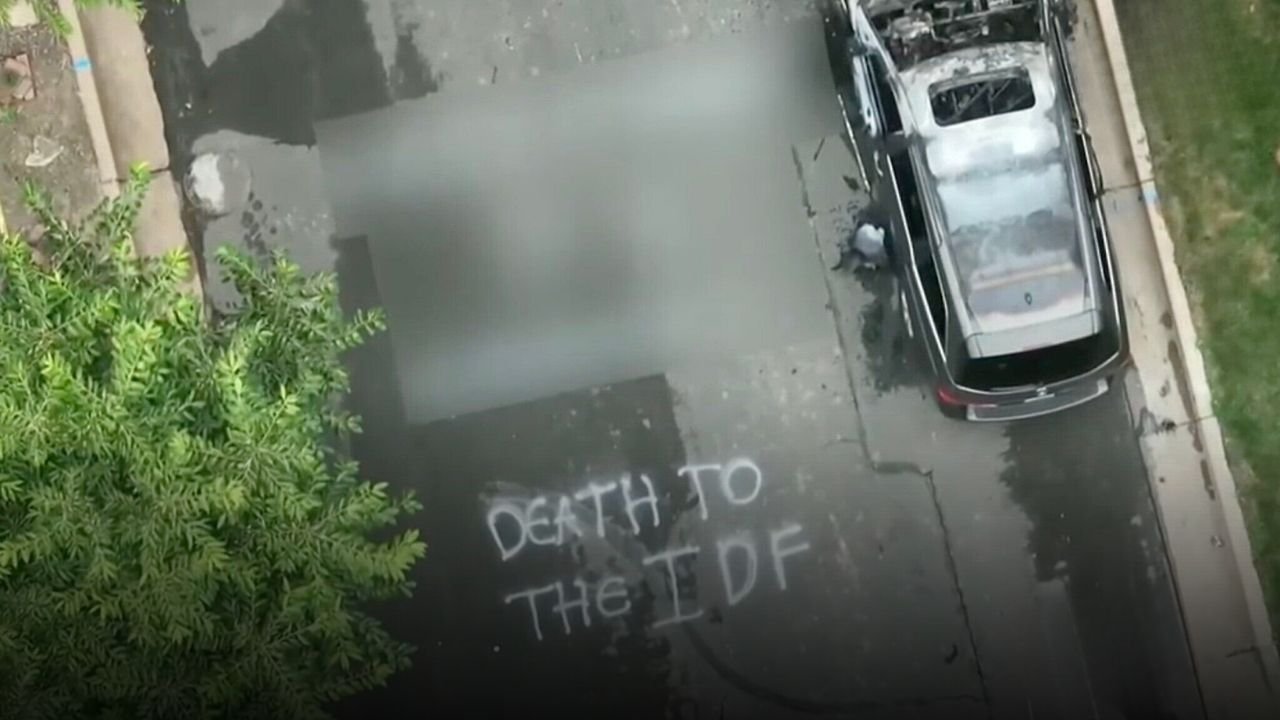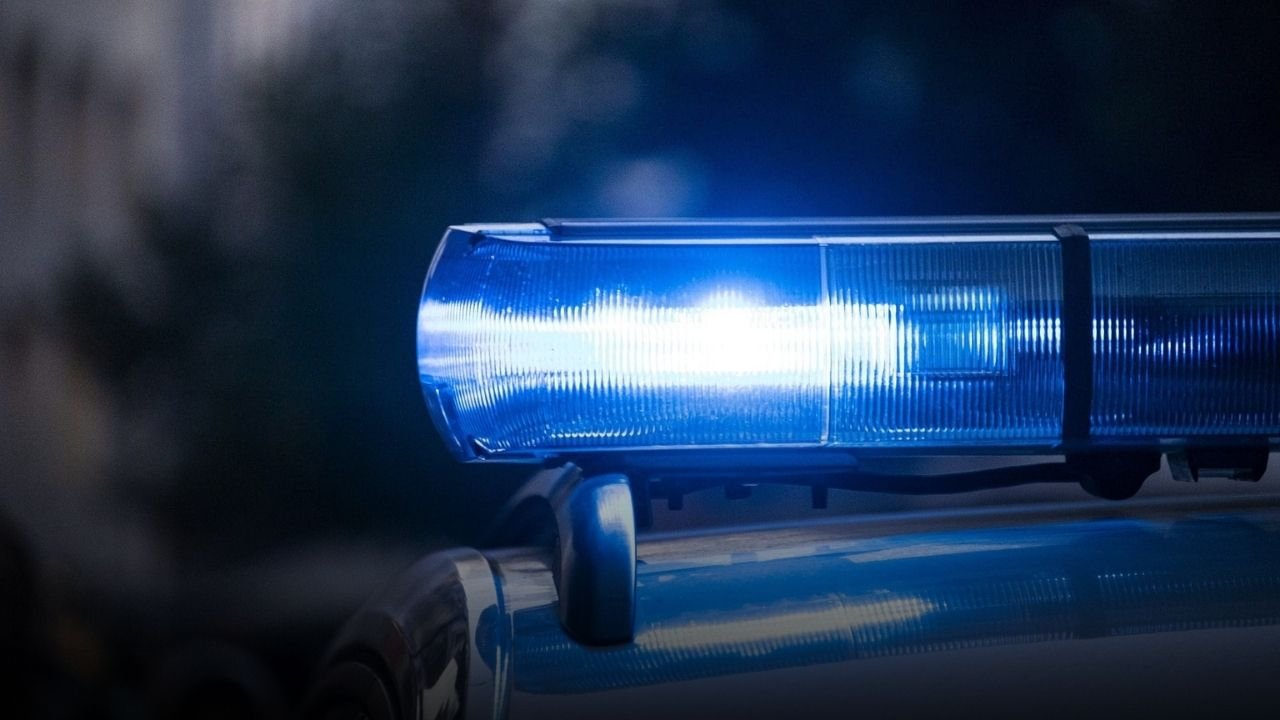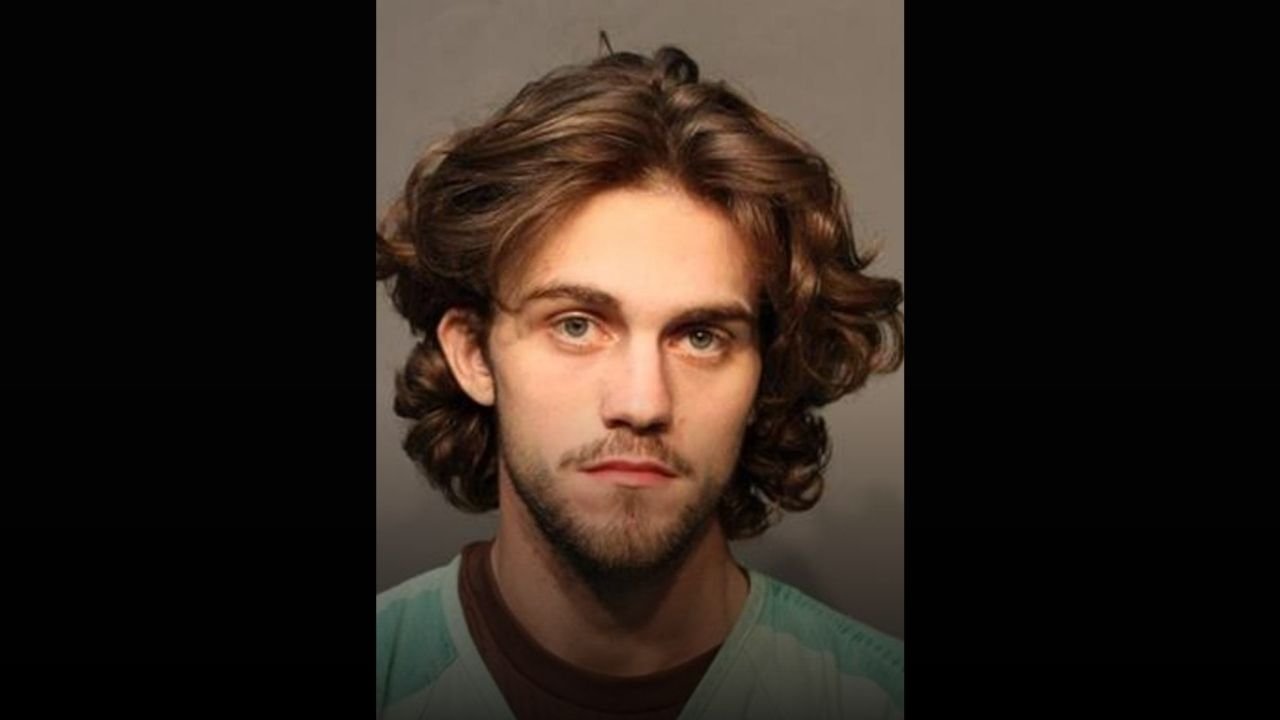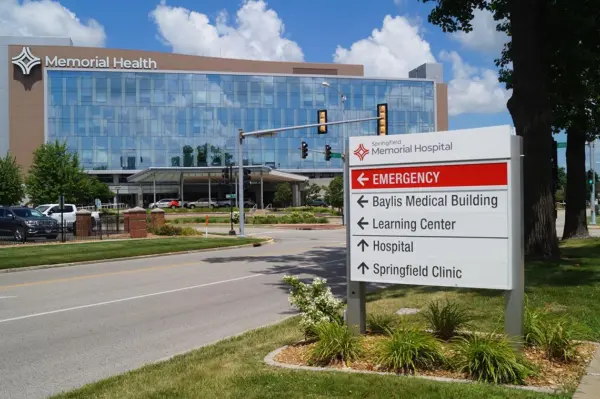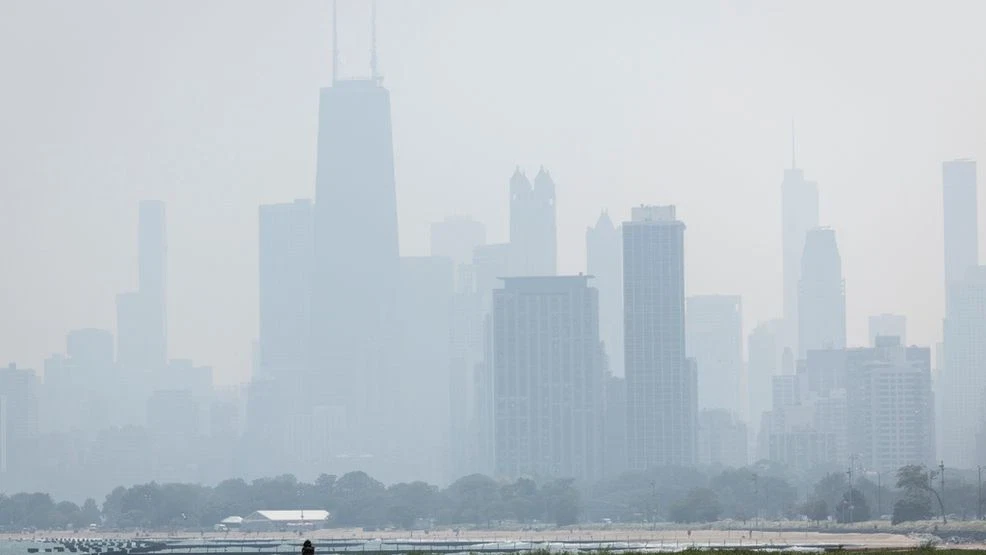CHICAGO — Chicago is on track for its lowest homicide total in over a decade, and some of the credit is going to people who aren’t in uniform: street outreach workers operating in high-risk neighborhoods like West Garfield Park.
At the forefront is Frederick Seaton, a former inmate turned peacebuilder, now leading a team with the Institute for Nonviolence Chicago. Their mission: stop the next shooting before it happens — not through force, but through relationships, credibility, and timing.
“We’ve been chipping at it and chipping at it. Now, we’re seeing some of the results,” Seaton told WBEZ Chicago.
The Strategy: Interrupt Violence Before It Spreads
When a shooting occurred near West Madison Street, Seaton’s phone lit up. One of his workers was already there. A 33-year-old man was dying from gunshot wounds.
Within minutes, Seaton was in motion — not just for damage control, but for retaliation prevention.
His team’s goal? Identify any angry family member, friend, or associate who might seek revenge and intervene early.
“Everybody has got a crazy cousin… Everybody has got a hotheaded family member,” Seaton said. His team aims to get to them before they act.
Chicago Murders Are Down — Especially Among Black Victims
The broader picture is striking:
-
As of early June, Chicago had recorded 157 murders — the fewest by this date since 2014
-
Killings of Black Chicagoans are down nearly 50% compared to the same point in 2021
-
In West Garfield Park, homicides dropped from 15 (2021) to just 3 this year
-
Non-fatal shootings also fell — from 56 to 24 in the same span
While many factors may be contributing — including national trends — experts say Community Violence Intervention (CVI) is a key reason behind the local drop .
The CVI Model: Cure Violence, Not Punish It
Seaton is a veteran of this work. He learned the ropes at Ceasefire (now known as Cure Violence) back in 2005 after serving time in prison. Since 2016, he’s been with the Institute for Nonviolence Chicago, focused on some of the city’s most vulnerable areas.
His outreach team members are from the neighborhoods they serve, often wearing neon-yellow shirts, and are known and trusted by residents.
“We’re not police. We don’t share info with police. That’s how we earn the trust to stop violence before it escalates,” Seaton said.
What Happens After a Shooting: A Race Against Time
After a fatal incident, outreach teams split up between the scene and the hospital:
-
They offer emotional support to grieving families
-
They gather intel on potential retaliation risks
-
They identify influencers who can calm tempers and prevent snap decisions
At the hospital following the recent shooting, a young man nearly drove off to retaliate — only to be stopped by grieving relatives. Seaton’s team quickly shifted focus to engaging that man and his circle before another act of violence unfolded.
“The most important part is buying time,” Seaton said. “We get some love in there, and they get time to think.”
Chicago’s Hidden First Responders
Though Seaton admits he can’t control the flow of illegal guns in the city, he believes he and others like him can keep violence from spiraling.
“We can’t stop the first shooting every time. But we can stop the second,” he said.
In neighborhoods like West Garfield Park — where trust in institutions is low and trauma runs deep — these outreach teams are proving they can earn access and interrupt cycles of revenge.
Have you seen street outreach workers in your neighborhood? Do you think they deserve more funding and recognition?
Share your thoughts in the comments on ChicagoSuburbanFamily.com — we want to hear your take on this community approach to crime prevention.

